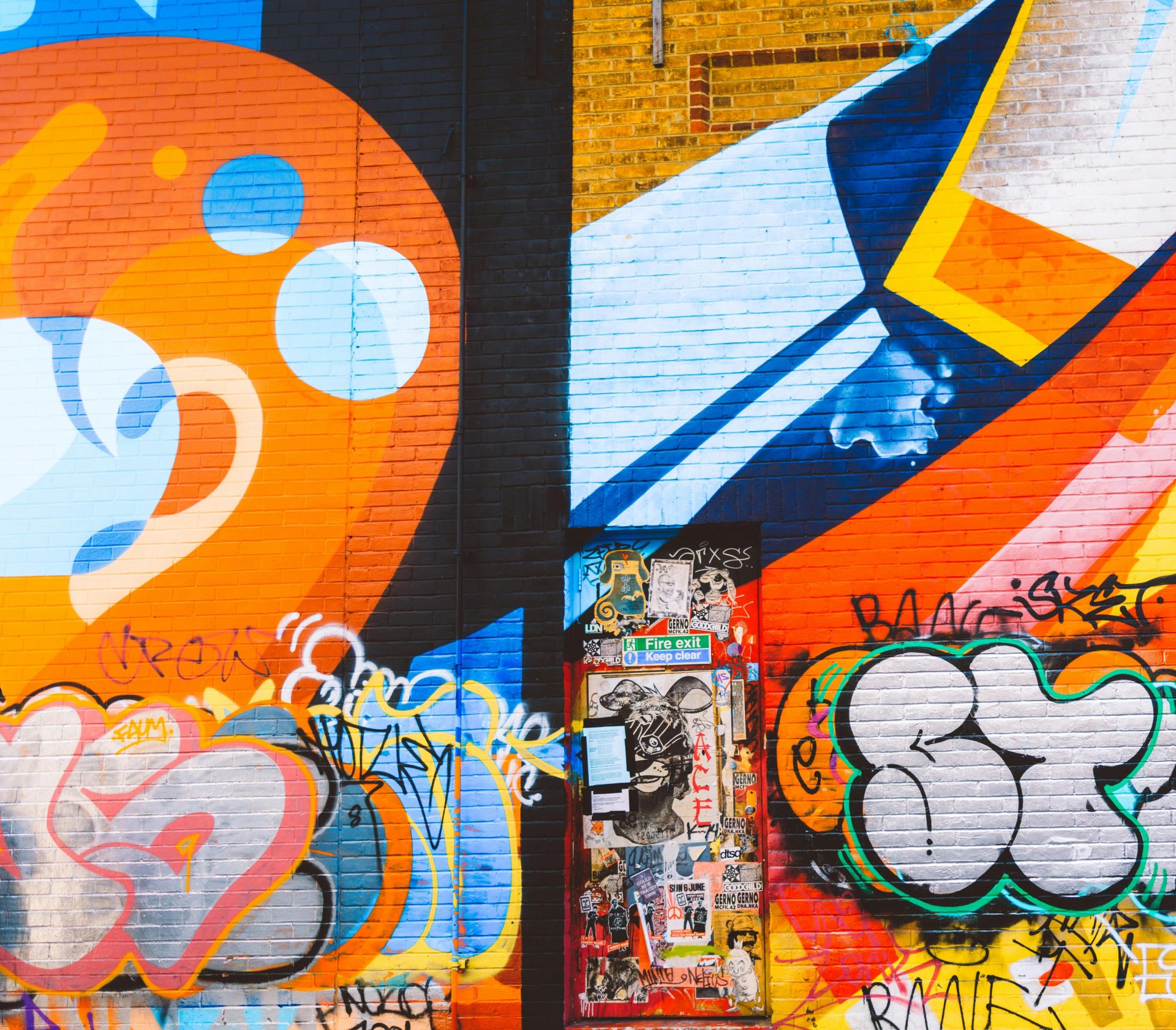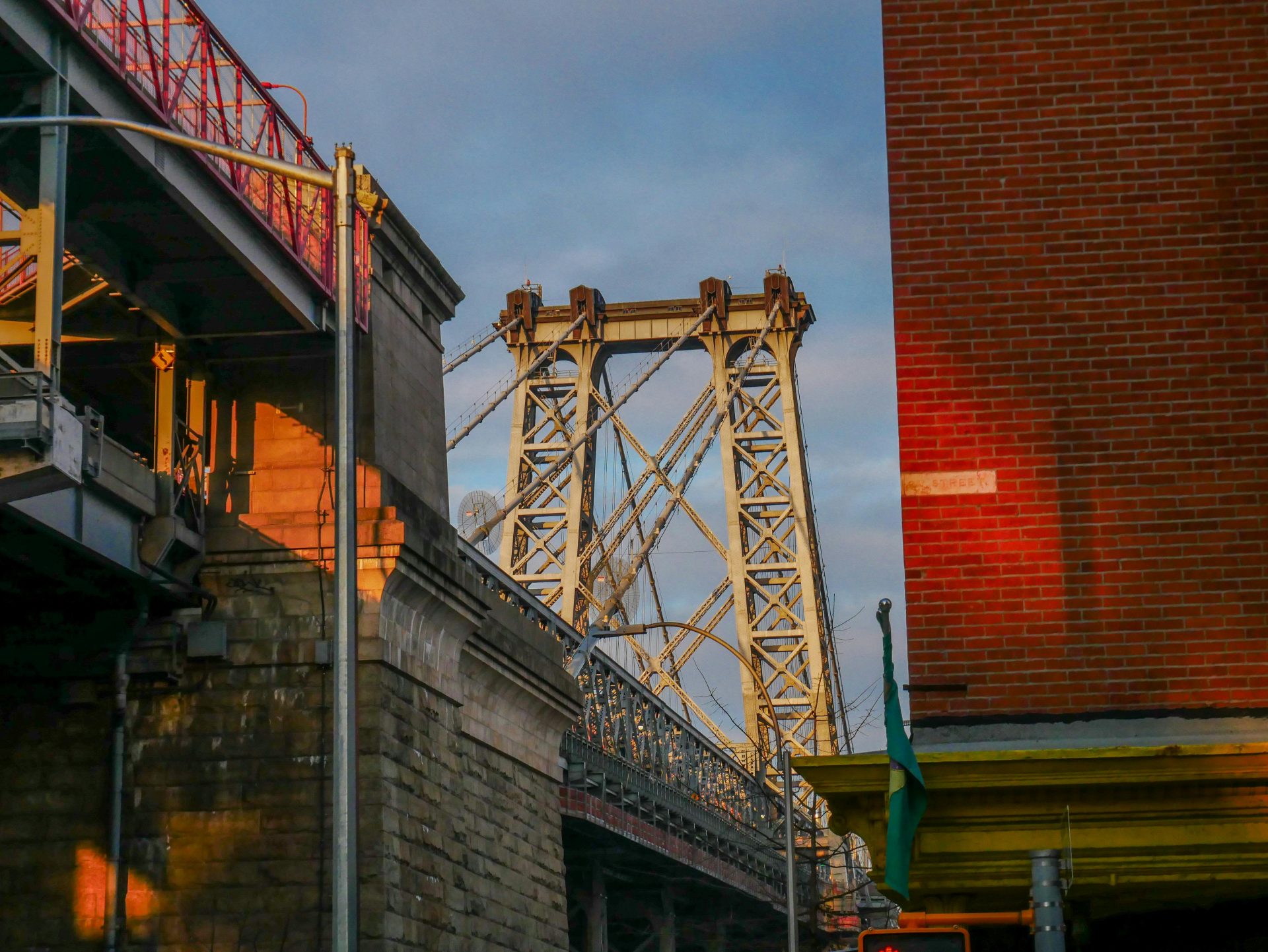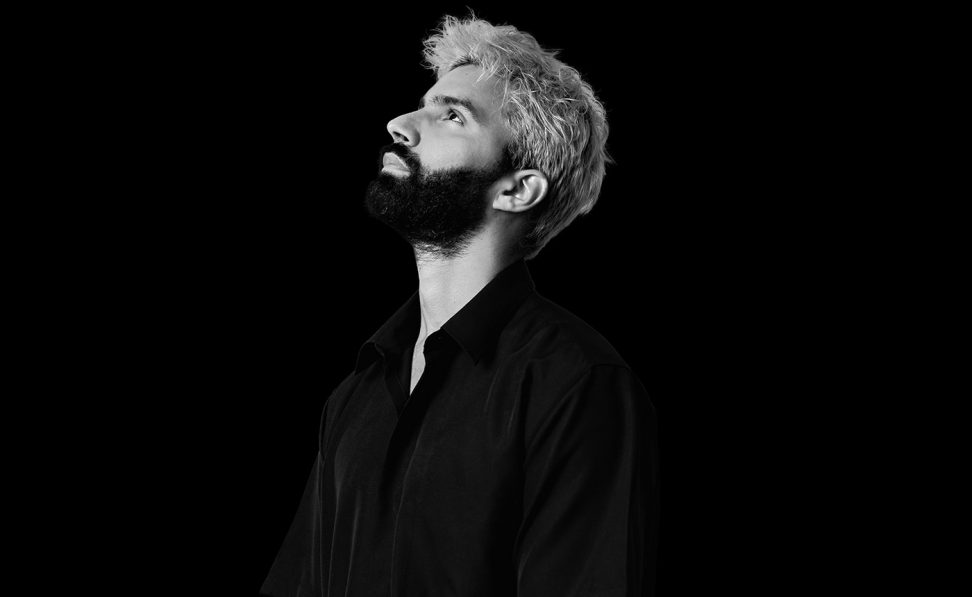
Hip hop, as a cultural movement, emerged in the Bronx, New York City, during the 1970s. It was more than just music; it was a multifaceted form of expression born out of the struggles and creativity of marginalized communities. At its core were four foundational elements: DJing, MCing (rapping), beatboxing, graffiti, and breakdancing. Among these, beatboxing, graffiti, and breakdancing became defining art forms that not only showcased talent but also conveyed powerful messages. These elements formed the bedrock of hip hop, shaping its evolution and solidifying its influence across generations.
The Vocal Artistry of Beatboxing
Beatboxing, often referred to as the fifth element of hip hop, is the art of creating drum beats, rhythm, and musical sounds using the human voice. Its roots can be traced back to early hip hop performers who sought innovative ways to produce music without instruments. Beatboxing’s accessibility and portability made it an essential component of the culture, especially in communities where resources were scarce. It turned the human body into a versatile instrument, demonstrating creativity and resourcefulness.
The pioneers of beatboxing, including legends like Doug E. Fresh, Biz Markie, and Rahzel, elevated the art form to new heights. Doug E. Fresh, often called the “Human Beatbox,” was among the first to popularize beatboxing in the mainstream. His ability to mimic complex rhythms and sounds captivated audiences and inspired a generation of artists. Similarly, Rahzel, known as “The Godfather of Noyze,” pushed the boundaries of what beatboxing could achieve, incorporating singing and beatboxing simultaneously in performances.
Beatboxing was not just about entertainment; it was a form of communication and connection. In the absence of expensive equipment, beatboxing allowed artists to create beats for freestyles, cyphers, and dance battles. It became an integral part of the hip hop experience, providing the rhythm for breakdancers and a backdrop for MCs. The oral tradition of beatboxing highlighted the ingenuity of hip hop artists, proving that music could be created anywhere, anytime.
In the modern era, beatboxing has evolved into a global phenomenon. Competitions like the Beatbox Battle World Championship have brought the art form to an international stage, showcasing its versatility and technical complexity. Beatboxers now incorporate a wide range of influences, from electronic music to classical compositions, demonstrating the boundless potential of this vocal craft. Despite its evolution, beatboxing remains deeply rooted in its origins, serving as a testament to the innovative spirit of hip hop.
Graffiti: Visual Storytelling on Urban Canvases
Graffiti emerged as one of the earliest forms of artistic expression within hip hop culture. In the 1970s, young artists in New York City began using spray paint to create colorful and elaborate designs on walls, subway trains, and other public spaces. These creations were more than mere vandalism; they were powerful statements of identity, resistance, and creativity. Graffiti transformed urban landscapes into vibrant galleries, giving a voice to the voiceless and turning the city into a living canvas.
The pioneers of graffiti, such as Taki 183, Dondi White, and Lee Quiñones, revolutionized the art form by introducing unique styles and techniques. Taki 183, a teenager from Washington Heights, gained fame for his “tags”—simple yet impactful signatures that appeared throughout the city. His work inspired a wave of young artists who sought to leave their mark on New York’s streets. Dondi White and Lee Quiñones took graffiti to new levels, creating large-scale murals that combined intricate lettering with vivid imagery and social commentary.
Graffiti’s role in hip hop culture was multifaceted. It was a means of self-expression, a way for artists to assert their presence in a city that often marginalized them. It was also a form of competition, as artists vied for recognition by creating the most innovative and daring pieces. Graffiti crews, such as the “Cool 5” and “United Graffiti Artists,” formed tight-knit communities that fostered collaboration and mutual support.
Despite its cultural significance, graffiti faced significant opposition from authorities, who viewed it as a form of vandalism. Efforts to eradicate graffiti included strict policing, harsh penalties, and the introduction of anti-graffiti coatings on public surfaces. However, these measures only fueled the determination of graffiti artists, who saw their work as a form of resistance against systemic oppression and urban decay. Graffiti became a visual representation of the struggles and aspirations of marginalized communities, a bold declaration of existence in the face of adversity.
Today, graffiti is recognized as a legitimate art form, celebrated in galleries, museums, and public spaces worldwide. Artists like Banksy and Shepard Fairey have brought street art into the mainstream, while initiatives like the 5Pointz graffiti mecca in Queens have preserved the cultural heritage of graffiti within hip hop. The evolution of graffiti continues to inspire new generations of artists, ensuring that its legacy as a pillar of hip hop endures.
Breakdancing: Movement and Mastery on the Floor
Breakdancing, or b-boying and b-girling, is the dynamic dance style that became synonymous with hip hop’s early days. Originating in the Bronx, breakdancing was a physical manifestation of the energy and creativity that defined the culture. It combined athleticism, rhythm, and storytelling, creating a dance form that was both visually captivating and deeply expressive. Breakdancing became a way for young people to channel their energy, showcase their skills, and assert their individuality.
The roots of breakdancing can be traced back to the block parties hosted by DJ Kool Herc, one of hip hop’s founding figures. Kool Herc’s technique of isolating the “breaks” in funk and soul records provided the perfect soundtrack for dancers to showcase their moves. Early pioneers like Crazy Legs, Ken Swift, and Frosty Freeze elevated breakdancing into an art form, developing signature moves like windmills, headspins, and freezes that became iconic elements of the dance.
Breakdancing was more than just a series of impressive moves; it was a form of storytelling. Each dancer brought their personality and experiences to the floor, using movement to convey emotions and narratives. Battles between crews became a central aspect of breakdancing culture, fostering camaraderie and competition. These battles were not about violence but about respect, creativity, and mastery of the craft. Breakdancing provided a positive outlet for young people in communities affected by poverty and violence, offering a sense of purpose and belonging.
As breakdancing gained popularity, it transcended its origins in the Bronx and spread to other cities and countries. Films like “Wild Style” and “Beat Street” introduced breakdancing to mainstream audiences, while events like the Battle of the Year showcased the global reach of the art form. Breakdancing became a unifying force, bringing together dancers from diverse backgrounds and cultures.
In recent years, breakdancing has received formal recognition as a competitive sport. Its inclusion in the 2024 Paris Olympics marks a significant milestone, highlighting the enduring impact of this dance style. While breakdancing continues to evolve, it remains deeply connected to its roots in hip hop culture. The spirit of innovation, resilience, and community that defined breakdancing in its early days continues to inspire dancers worldwide.
The Enduring Legacy of Hip Hop’s Pillars
Beatboxing, graffiti, and breakdancing are more than just art forms; they are the pillars that supported the rise of hip hop as a global cultural movement. Each element represents a different facet of creativity and resilience, reflecting the experiences and aspirations of the communities that gave birth to hip hop. These art forms have transcended their origins, influencing music, art, fashion, and culture on a global scale.
The enduring legacy of these elements lies in their ability to adapt and evolve while staying true to their roots. Beatboxing has expanded into new musical territories, graffiti has gained recognition as a legitimate art form, and breakdancing has become a global phenomenon. Together, they continue to inspire new generations of artists, reminding the world of the power of creativity and self-expression.
As hip hop celebrates its 50th anniversary, it is essential to honor the contributions of beatboxing, graffiti, and breakdancing. These pillars laid the foundation for a cultural revolution that changed the world, proving that art can emerge from even the most challenging circumstances. Hip hop’s story is a testament to the resilience and ingenuity of the human spirit, a reminder that creativity knows no bounds.

